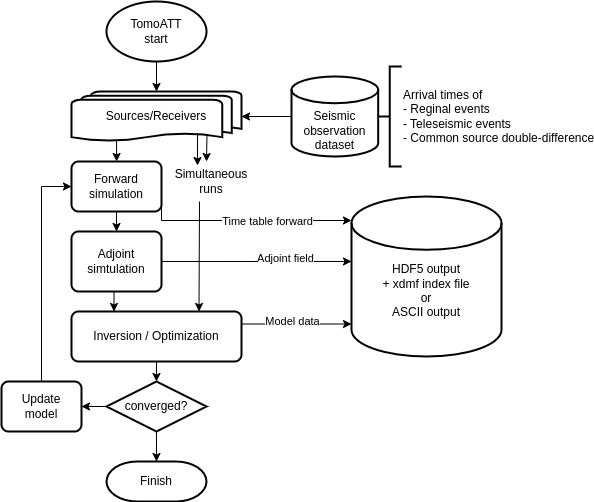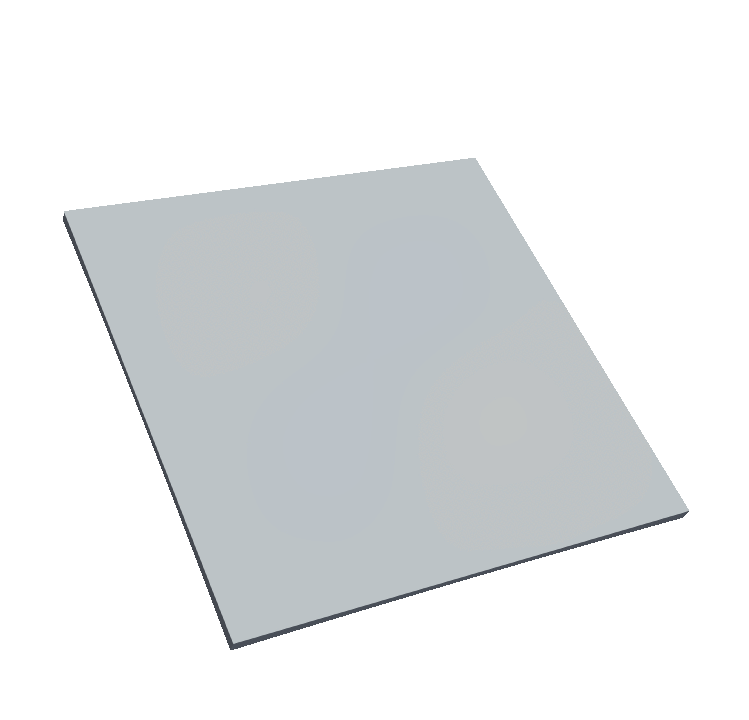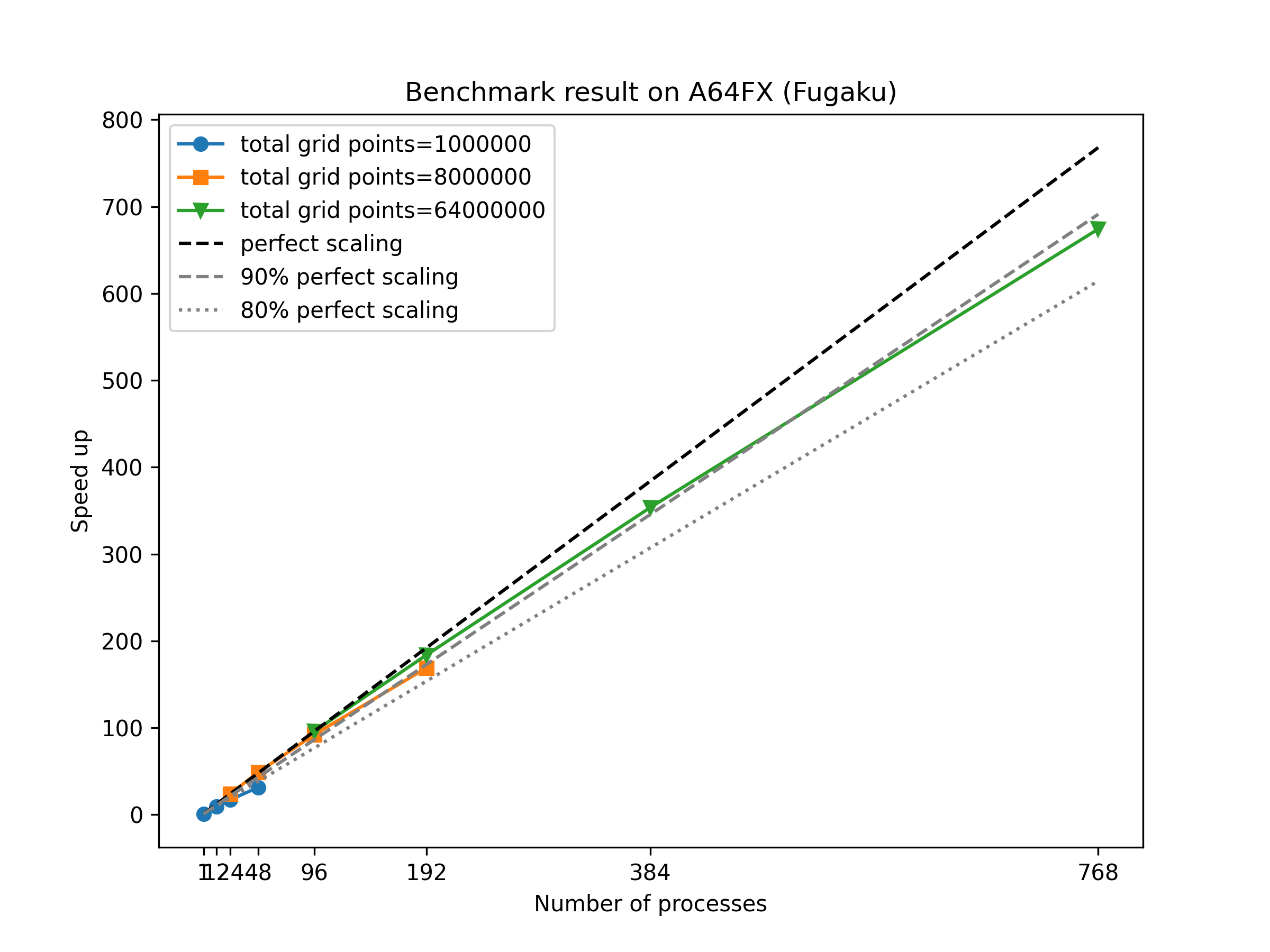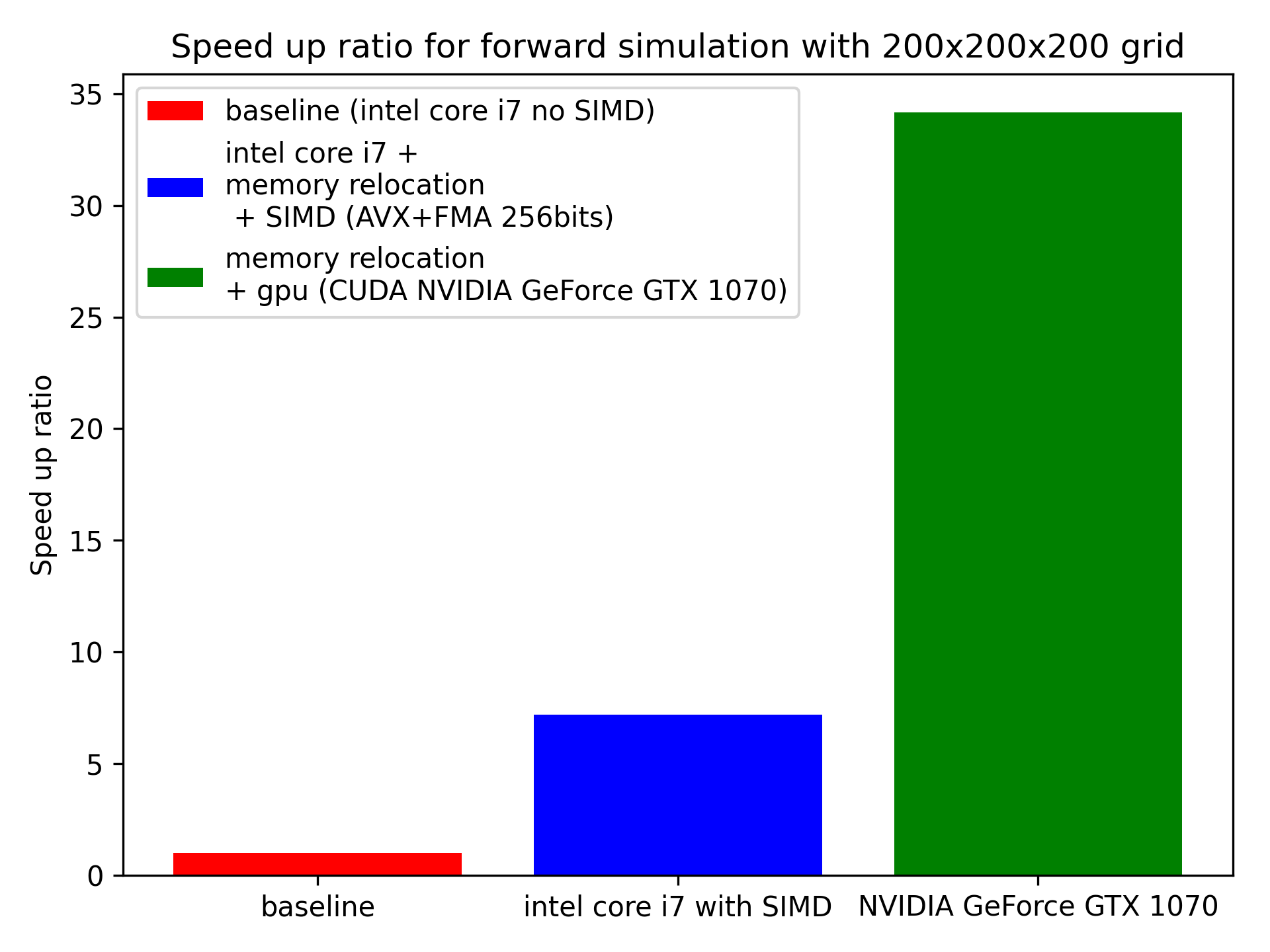TomoATT is a numerical library for adjoint-state travel-time tomography, which is developed for :
- computing with a very large and fine forward grid,
- large number of earthquake sources and stations dataset in
- an efficient and scalable way on modern HPCs.
The implemented logics are on the following published articles: Ping Tong (2021) (opens in a new tab), Jing Chen et. al.(2022) and Miles Detrixhe and Frédéric Gibou (2016) (opens in a new tab).
Thanks to the efficiency of an eikonal equation solver, the computation of the travel-time is very fast and requires less amount of computational resources. As an input data for TomoATT is travel times at seismic stations, we can easily process a great amount of input data for the computation.
Currently TomoATT is supporting:
- velocity and azimuthal anisotropy inversion for
- regional and teleseismic events with
- absolute traveltime and differential traveltime data.
- Surface wave and attenuation tomography is under development.


For modeling a very large and fine grid with numerous seismic events, this library applies 3-layer parallelization, which are:
- layer 1: simulutaneous run parallelization (travel times for multiple seismic sources may be calculated simultaneously)
- layer 2: subdomain decomposition (If the number of computational nodes requires too large memory, we can separate the domain into subdomains and run each subdomain in a separate compute node)
- layer 3: sweeping parallelization (in each subdomain, sweeping layers are also parallelized)
The details of the parallelization method applied in this library are described in the paper Miles Detrixhe and Frédéric Gibou (2016) (opens in a new tab).
The image below shows the benchmark result of TomoATT (elapse time for a forward simulation) on a single ~ 64 nodes of Fugaku supercomputer (A64FX processor), which shows a high parallel efficiency.

Also, an optionzation for serial computation was also implemented in this library. Currently AVX, AVX2, AVX512 for intel processors and SVE for ARM processors are supported. CUDA implementation is now under development, which will be available in the future release.

Regional events (sources within the global domain) and teleseismic events (sources outside the global domain) may be used for inversion.
Citation
If you use TomoATT for your own research, please cite at least one of the following articles:
-
Hao, Shijie, Jing Chen, Mijian Xu, and Ping Tong. "Topography‐Incorporated Adjoint‐State Surface Wave Traveltime Tomography: Method and a Case Study in Hawaii." Journal of Geophysical Research: Solid Earth 129, no. 1 (2024): e2023JB027454. (opens in a new tab)
-
Tong, Ping, Tianjue Li, Jing Chen, and Masaru Nagaso. "Adjoint-state differential arrival time tomography." Geophysical Journal International 236, no. 1 (2024): 139-160. (opens in a new tab)
-
Chen, Jing, Shucheng Wu, Mijian Xu, Masaru Nagaso, Jiayuan Yao, Kai Wang, Tianjue Li, Yiming Bai, and Ping Tong. "Adjoint‐State Teleseismic Traveltime Tomography: Method and Application to Thailand in Indochina Peninsula." Journal of Geophysical Research: Solid Earth 128, no. 12 (2023): e2023JB027348. (opens in a new tab)
-
Chen, Jing, Guoxu Chen, Masaru Nagaso, and Ping Tong. "Adjoint-state traveltime tomography for azimuthally anisotropic media in spherical coordinates." Geophysical Journal International 234, no. 1 (2023): 712-736. (opens in a new tab)
-
Qi, Yingyu, and Ping Tong. "Structure of the Crustal Magmatic System in the Geysers‐Clear Lake Area (Northern California) Imaged by Adjoint‐State Travel‐Time Tomography." Seismological Society of America 94, no. 1 (2023): 414-427. (opens in a new tab)
-
Wang, Kai, Shucheng Wu, and Ping Tong. "Crustal Deformation in the Sierra Nevada and Walker Lane Region Inferred From P‐Wave Azimuthal Anisotropy." Journal of Geophysical Research: Solid Earth 127, no. 12 (2022): e2022JB024554. (opens in a new tab)
-
Wu, Shucheng, Chengxin Jiang, Vera Schulte‐Pelkum, and Ping Tong. "Complex patterns of past and ongoing crustal deformations in Southern California revealed by seismic azimuthal anisotropy." Geophysical Research Letters 49, no. 15 (2022): e2022GL100233. (opens in a new tab)
-
Tong, Ping. "Adjoint‐state traveltime tomography for azimuthally anisotropic media and insight into the crustal structure of central California near Parkfield." Journal of Geophysical Research: Solid Earth 126, no. 10 (2021): e2021JB022365. (opens in a new tab)
-
Tong, Ping. "Adjoint‐state traveltime tomography: Eikonal equation‐based methods and application to the Anza area in southern California." Journal of Geophysical Research: Solid Earth 126, no. 5 (2021): e2021JB021818. (opens in a new tab)
